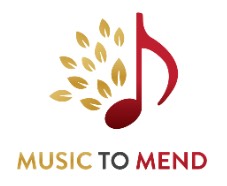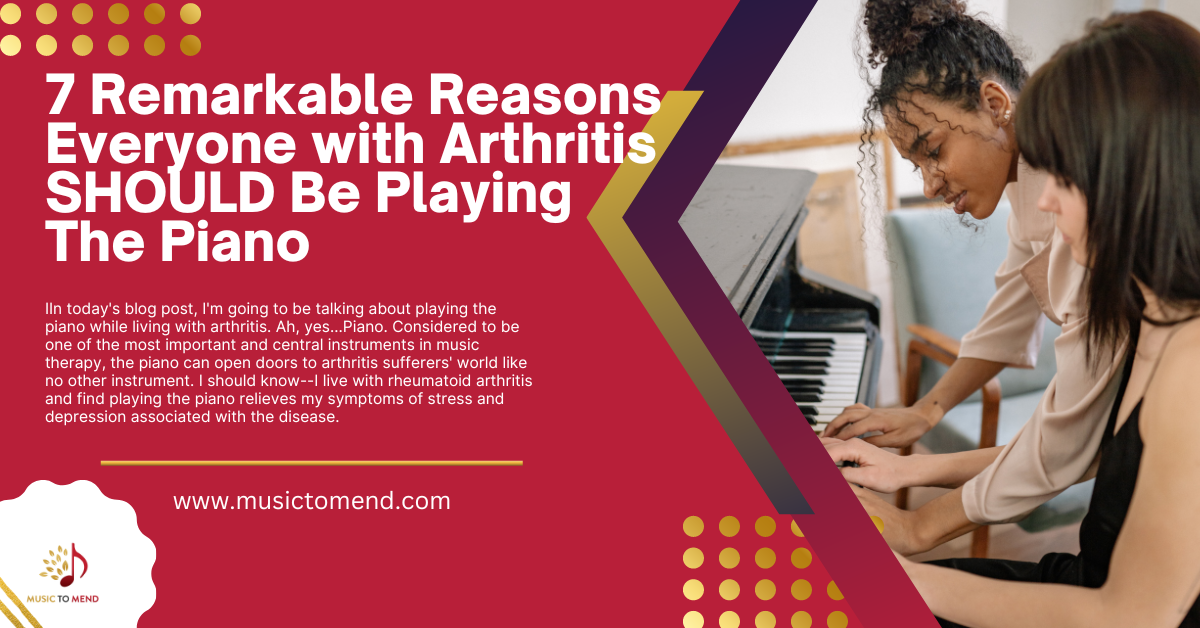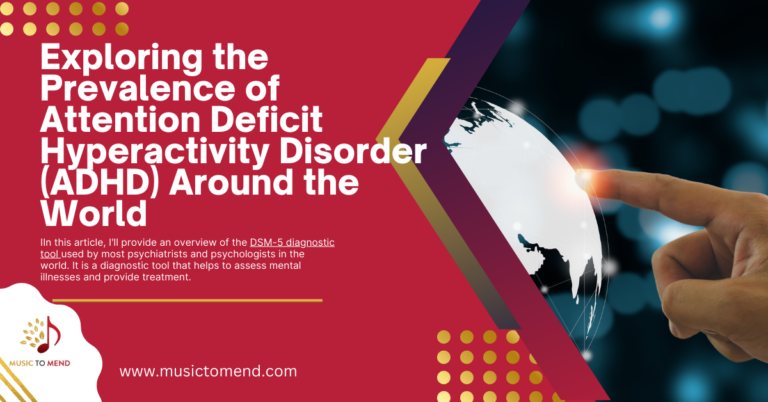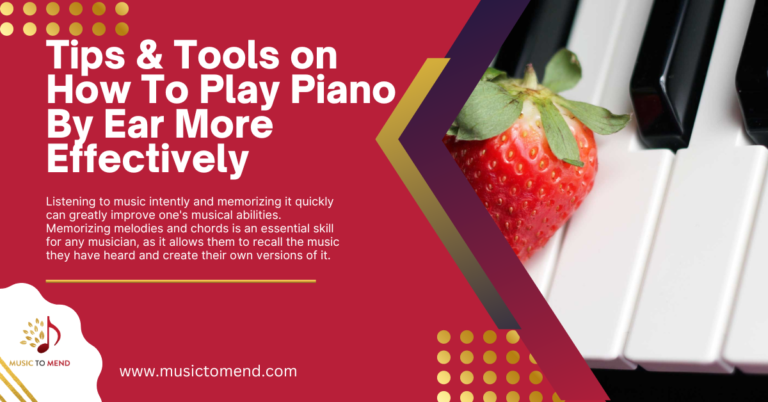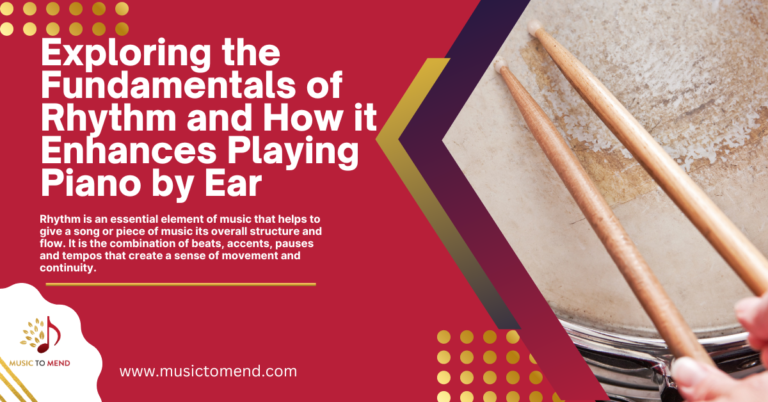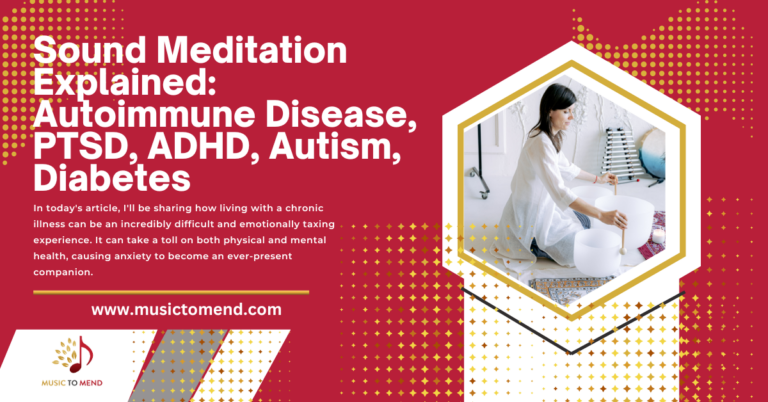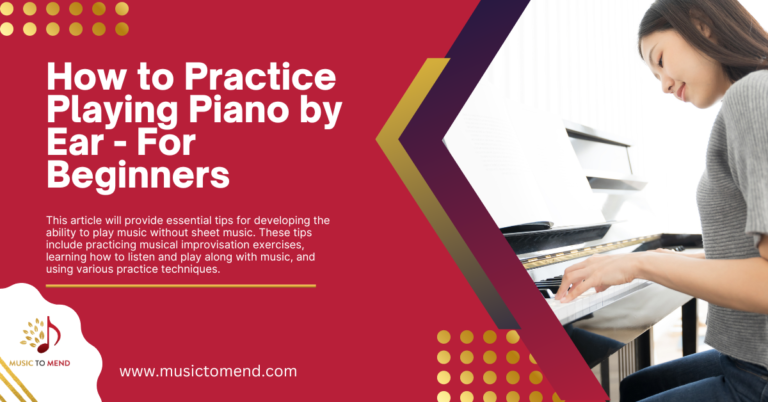7 Remarkable Reasons Everyone with Arthritis SHOULD Be Playing The Piano

ES_Reflection-of-the-Sun-Hanna-Ekstrom
In today’s blog post, I’m going to be talking about playing the piano while living with arthritis. Ah, yes…Piano. Considered to be one of the most important and central instruments in music therapy, the piano can open doors to arthritis sufferers’ world like no other instrument. I should know–I live with rheumatoid arthritis and find playing the piano relieves my symptoms of stress and depression associated with the disease. I’m betting if you’re here, you or a loved one suffer from some form of arthritis. You’ve stopped by the right place, as I’m going to help you understand different types of arthritis and why you should be playing the piano to help you live your best life…even while living with arthritis.
Did you know that most people associate arthritis with aging? I’m guilty of this myth. Before I was diagnosed with rheumatoid arthritis, I honestly didn’t even know what it was! And, like many people out there, I too associated arthritis with the ‘older’ population. I associated my grandmother with arthritis. With that said, few of us are aware that this disease and its characteristic stiff, swollen joints, also occurs in children—sometimes as young as 6 months of age. Now that’s a sad thought! How dare this painful and traumatizing disease affect our babies! If you don’t currently own a piano, or have no idea how your baby or toddler is going to react to playing the piano, you can get a small, children’s piano. I recommend the M Sanmersen 61 Keys Electronic Piano. Even babies and toddlers will love playing tunes, or pressing keys, on this beginner piano. If you purchase a piano with few than 61 keys, you’ll be limiting your baby to few keys. In other words, if your baby is keen on playing with this keyboard, you won’t want to limit their little brains from associating these keys with a regular 88-key piano or keyboard. If you notice your child loving to play their piano, you’ll thank me in the future.
Check out my recommended piano here: M Sanmersen 61 Keys Electronic PianoArthritis in children is called childhood arthritis or juvenile arthritis. The most common type of childhood arthritis is juvenile idiopathic arthritis (JIA), also known as juvenile rheumatoid arthritis. Childhood arthritis can cause permanent physical damage to joints. This damage can make it hard for the child to do everyday things like walking or dressing and can result in disability. So why not do something for your child that will ease their pain and help them live their best life? Introduce them to the magical powers of the piano. And I can teach them how to play by ear and get them playing their favorite songs in weeks instead of years of classical music lessons. Learning to play the piano by ear will be a fabulous way for them to relieve symptoms of stress and depression caused by arthritis.
The exact cause of childhood arthritis is unknown. In childhood arthritis, the immune system may not work right, which causes inflammation in the joints and other body systems.
If you have an older child, I recommend the YAMAHA P71 88-Key Weighted Action Digital Piano. I recommend it because it includes a power adapter and sustain pedal, 88 fully weighted piano-style keys simulate the feel of an acoustic piano and provide a quality playing experience. It also contains ten different voices, including digitally sampled tones from real Yamaha acoustic grand pianos. It also won’t take up a lot of room, so your teenager can pretty much use it in any room in the house.
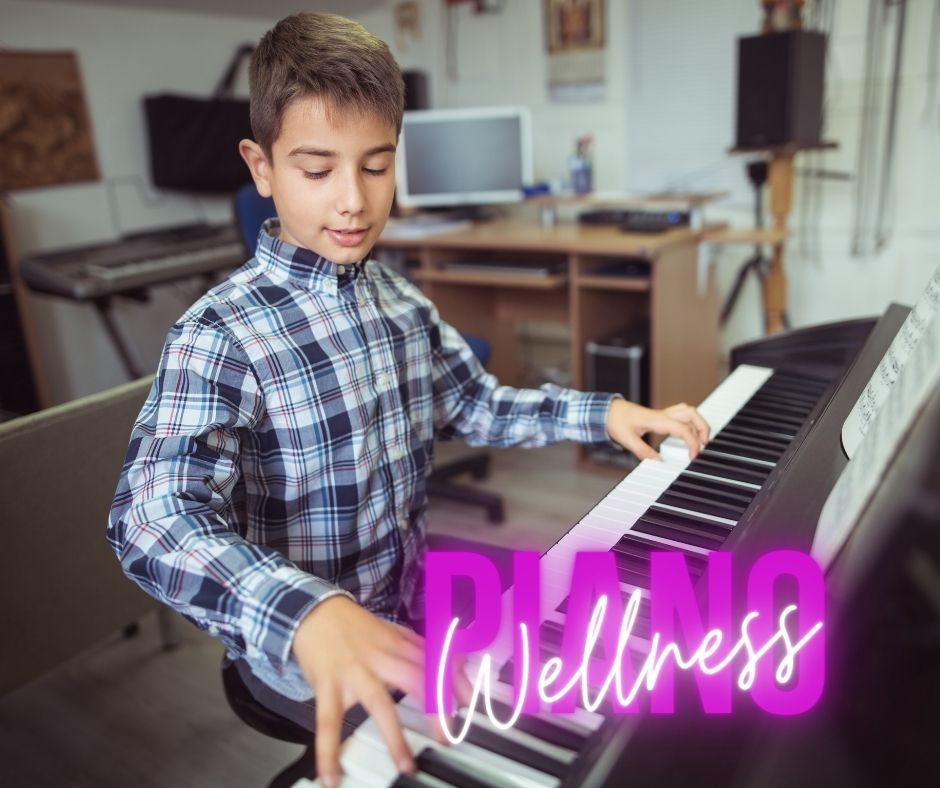
What Type of Arthritis Do You Have?
- Osteoarthritis.
- Rheumatoid arthritis.
- Childhood arthritis.
- Spondyloarthropathies.
- Lupus erythematosus.
- Gout.
- Infectious and reactive arthritis.
- Psoriatic arthritis.
Regardless of what type of arthritis you’re plagued with, I can teach you how to play your favorite songs in weeks instead of years!
Osteoarthritis is the most common form of arthritis among older people and is one of the most frequent causes of physical disability among older adults.
The disease affects both men and women. Before age 45, osteoarthritis is more common in men than in women. After age 45, osteoarthritis is more common in women.
Osteoarthritis occurs when cartilage, the tissue that cushions the ends of the bones within the joints, breaks down and wears away. In some cases, the cartilage may wear away, leaving bones that rub against each other.
Osteoarthritis of the hands seems to run in families. If your mother or grandmother has or had osteoarthritis in their hands, you’re at greater-than-average risk of having it, too. Women are more likely than men to have osteoarthritis in their hands. For most women, it develops after menopause.
When osteoarthritis involves the hands, small, bony knobs may appear on the fingers’ end joints (those closest to the nails). They are called Heberden’s (HEBerr-denz) nodes. Similar knobs, called Bouchard’s (boo-SHARDZ) nodes, can appear on the middle joints of the fingers. Fingers can become enlarged and gnarled, ache, or be stiff and numb. The base of the thumb joint also is commonly affected by osteoarthritis. https://www.nia.nih.gov/health/osteoarthritis
Can Piano Harm Arthritic Joints? Some people may be wondering if playing the piano can help with arthritis, and others may be wondering if it can make their condition worse. The truth is, playing piano will not directly impact your joints if you’re playing simply for enjoyment or a hobby.
Playing Piano with Arthritis
The piano is a wonderful instrument to learn, but playing it with arthritis can be difficult. Playing piano with arthritis can be a challenge, but it doesn’t have to be. Taking care of your joints is essential for staying active and preserving your independence. Now, there are techniques that can help you enjoy playing the piano in spite of your arthritis.
Arthritis is a condition that has affected over 300 million people worldwide. It’s caused by inflammation of the joints, causing pain and limited movement. This can be limiting for those who love music and are looking to learn piano but have arthritis.
Playing the piano is an enjoyable and rewarding way to express yourself. Just like with any other activity, it’s important that you find a level of playing with arthritic hands that is achievable for you. It may be possible to play one or two songs or to practice scales, chords, and simple melodies while sitting. The most important thing is to keep your hands as active as possible.
If you have arthritis in your hands, fingers, or wrists, this article will help you find solutions for pain-free playing.
Arthritis is a chronic disease that causes pain and stiffness in the joints. This can make playing the piano difficult. Practicing a few changes in your lifestyle, conditioning, and caring and following some precautions can help pianists pursue their passion and love for the piano.
If you’ve been struggling with playing piano because of arthritis, here are some steps you can take as well as things to consider.
There are a number of ways to help your hand mobility if suffering from arthritis; however, the first point of call should always be a medical professional. However, for those looking for a few easy exercises that you can do at home to activate your joints in preparation for quick piano practice, try these!
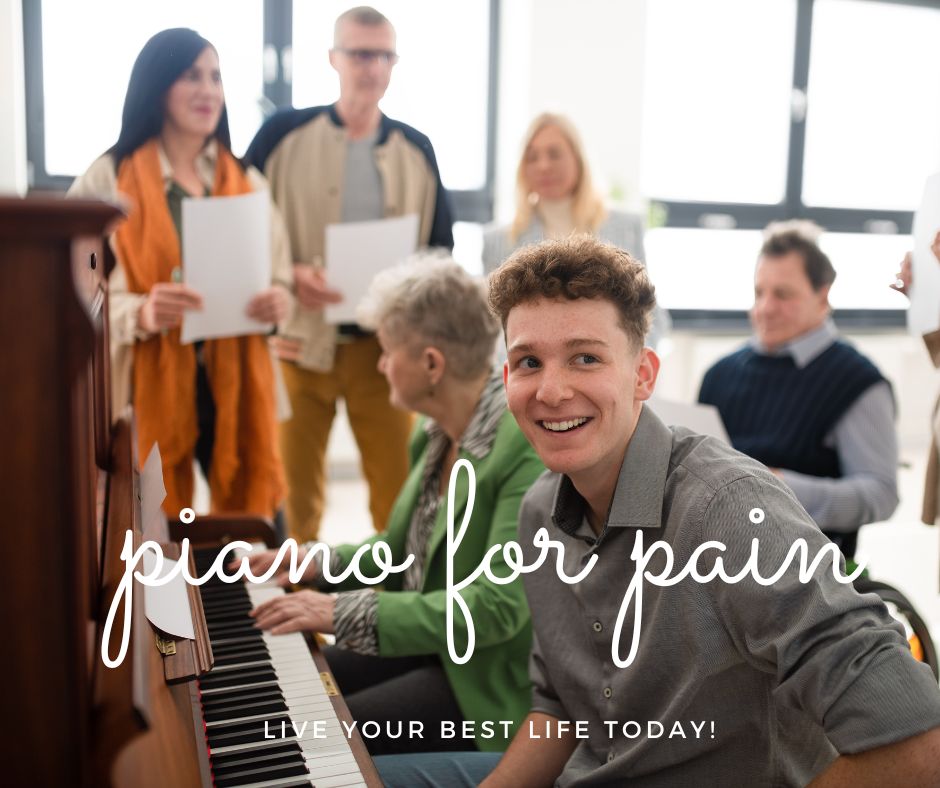
So without further ado, listed below are 7 Remarkable Reasons Everyone with Arthritis SHOULD Be Playing the Piano:
- Regular piano playing offers different physical and physiological advantages to players. It sharpens fine motor skills, improves dexterity and hand-eye coordination. Music has also been shown to reduce heart and respiratory rates, cardiac complications, lower blood pressure, and increase immune response. Playing the piano also makes your hands and arm muscles much stronger than the average person’s.
- Do you have a naturally musical ear, or are you tone-deaf? Playing the piano can improve your overall aural awareness no matter where you fall in this range. Playing the piano trains you to recognize tones, intervals, and chords, helping you develop a sense of pitch. And it doesn’t matter how young or old you start! No matter your age, playing the piano and taking piano lessons helps to improve your aural awareness. Is aural awareness important anywhere other than music? Yes! Good aural awareness makes it easier to identify and understand sound patterns of foreign languages, can fight dyslexia while it is still developing, and can help you if you have trouble hearing when there is a lot of background noise. In my lessons, I’ll guide you step-by-step in learning to play your favorite songs, using basic chords to get you started. My teaching techniques are designed with you in mind; teaching you how to play your favorite tunes in weeks instead of years.
- Human growth hormone is produced by the pituitary gland. It triggers growth in children and adolescents. It also helps to regulate body composition, body fluids, muscle and bone growth, sugar and fat metabolism, and possibly heart function. Studies show that students who take piano lessons had increased levels of HgH in their system. This is a positive side effect of taking piano lessons because growth hormones help keep energy levels up and prevent aches and pains in old age.
- Neuroplasticity is the ability of the brain to form and reorganize synaptic connections, especially in response to learning or experience or following injury. In simpler terms, neuroplasticity is the ability of the brain to change form and function specifically when stimulated by physical activity. Playing the piano changes the brain in a positive way! Studies show that music stimulates the brain in a way no other activity does. While playing a piece on the piano, you are adding new neural connections, which primes your brain for other forms of communication. So while you think you are just working on a particularly tough piano piece, you are also improving your memory, attention, speech, language, spatial and math skills, and even the ability to convey emotions vocally. All of these topics are taught and discussed in my lessons.
- Unlike other instruments, the piano is easy to play. (it really is!) There is no physical pain involved with learning to play the piano. When new to the guitar, one must build up calluses on the fingers, and when learning to play a brass or woodwind instrument, one must learn how to use your facial muscles and lips to produce sound. Both are often painful and can dissuade otherwise enthusiastic students from continuing to learn. You only have to sit and press down a key to play the piano.
- Studies show that playing the piano improves mental health. People who play the piano tend to experience less anxiety and depression than their non-musical counterparts. Playing for a few minutes daily can improve self-esteem, make you feel more positive, and lower your blood pressure.
- Playing the piano will strengthen the joints and muscles in your hands. The dexterity in playing music on the piano keeps your hand muscles developed and avoids weakening small bones.
Well done! You made it all the way to the end of this post. I hope this post provided some useful information and that you’re able to make some sound decisions on your journey to wellness…using the piano, naturally! My lessons and teachings are focused on you or your loved one, young or old. As someone who walks the walk every day, I understand the pain, frustration, and oftentimes depression of living with debilitating arthritis. Together, we can make music and live our best life! Please contact me if you’d like to learn more about my lessons. I’m looking forward to meeting you!
Disclosure: Some of the links in this article may be affiliate links, which can provide compensation to me at no cost to you if you decide to purchase a paid plan.
